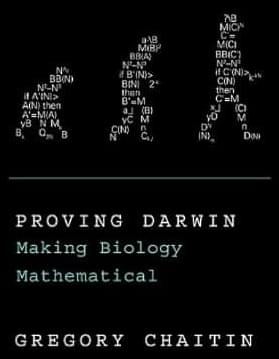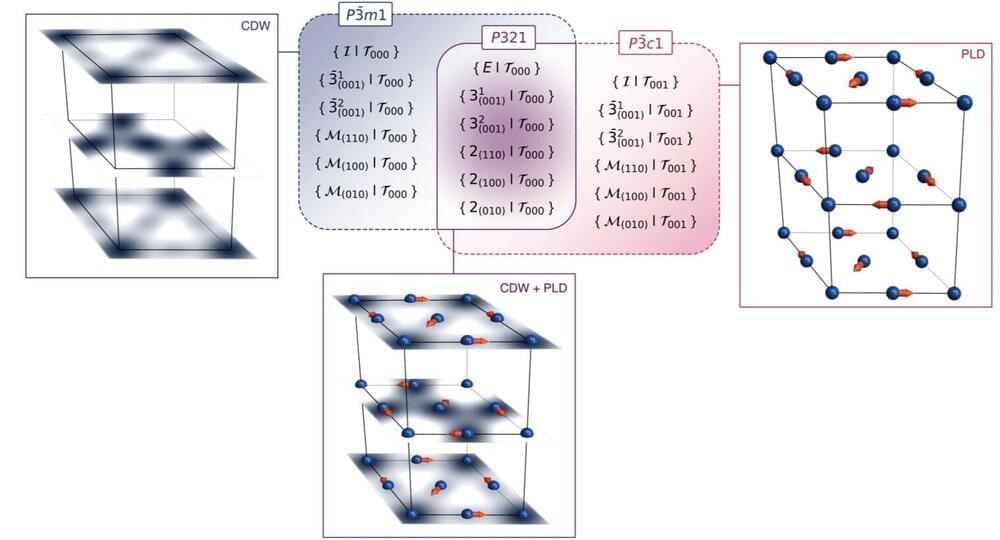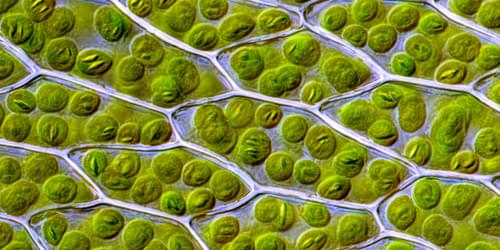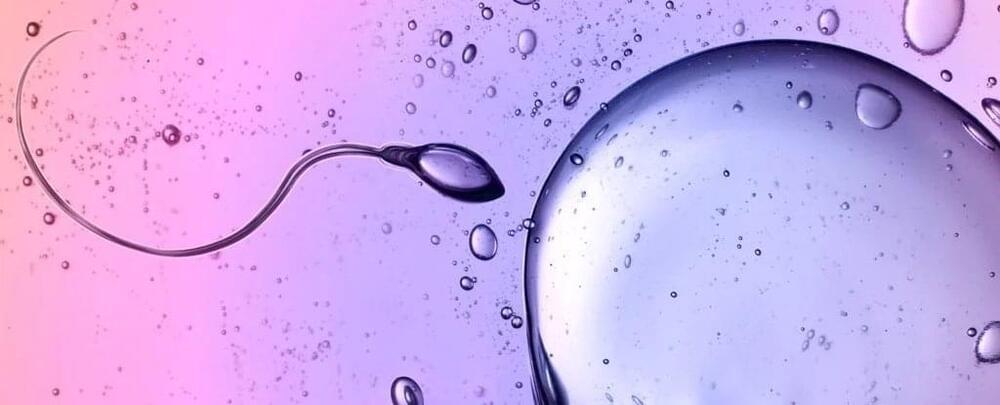Step Into the Future with The Cybernetic Singularity: The Syntellect Emergence 🎧 The groundbreaking third volume of The Cybernetic Theory of Mind series by Alex M Vikoulov is now available as an audiobook!
Ecstadelic Media Group releases a new non-fiction audiobook The Cybernetic Singularity: The Syntellect Emergence, in addition to a previously published Kindle eBook, part of The Cybernetic Theory of Mind series. Written by Alex M. Vikoulov; Narrated by Virtual Voice; Foreword by Antonin Tuynman, PhD; Format: Audible audiobook (Press Release, Burlingame, CA, USA, November 16, 2024 09.23 AM PST)
The Cybernetic Singularity: The Syntellect Emergence is a visionary exploration of humanity’s impending transition into a post-biological state of existence, where artificial intelligence, advanced cybernetics, and collective intelligence converge to form a unified Global Mind. As the third installment in The Cybernetic Theory of Mind series, this book delves into the transformative potential of AI and the emergence of hyperconnected “infomorphs” — substrate-independent minds transcending biological limitations. It examines the profound philosophical, technological, and existential implications of this evolutionary leap, which may redefine what it means to be human. The book also introduces key concepts like Cybernetic Immortality and Experiential Realism, suggesting how we might engineer a future of infinite creativity and bliss.
With the Syntellect Hypothesis as its foundation, The Cybernetic Singularity presents a roadmap to the ultimate phase transition of civilization — the awakening of a universal consciousness network capable of synthesizing knowledge, experience, and purpose at unimaginable scales. From the rise of transhumanism to the development of a planetary superorganism, the narrative connects cutting-edge scientific insights with metaphysical musings on the nature of reality. Opening with Norbert Wiener’s quote, “The world of the future will be an even more demanding struggle against the limitations of our intelligence,” the book invites readers to contemplate their role in this grand cosmic drama. Whether you are a technophile, philosopher, or futurist, this volume is an essential guide to understanding and embracing the dawn of the Syntellect Emergence.








